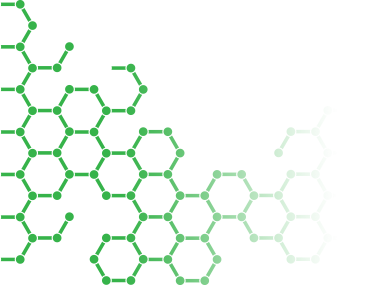2021/05/27
Femtopath Citation Update-18
NRAS Mutations May Be Involved in the Pathogenesis of Cutaneous Rosai Dorfman Disease: A Pilot Study
Authors
Kuan-Jou Wu, Shu-Hao Li, Jia-Bin Liao, Chien-Chun Chiou, Chieh-Shan Wu,and Chien-Chin Chen
Background
Purely cutaneous Rosai-Dorfman disease (RDD) is a rare histiocytic proliferative disorder limited to the skin. To date, its pathogenesis remains unclear. Owing to recent findings of specific mutations in the mitogen-activated protein kinase/extracellular signal-regulated kinase (MAPK/ERK) pathway in histiocytic proliferative disorders, it provides a novel perspective on the pathomechanism of cutaneous RDD. We aim to investigate the genomic mutations in MAPK/ERK pathway in cutaneous RDD. Methods: We retrospectively recruited all cases of cutaneous RDD from two hospitals in Taiwan from January 2010 to March 2020 with the clinicopathologic features, immunohistochemistry, and treatment. Mutations of neuroblastoma RAS viral oncogene homolog (NRAS), Kirsten rat sarcoma 2 viral oncogene homolog (KRAS), and v-raf murine sarcoma viral oncogene homolog B1 (BRAF) in MAPK/ERK pathway were investigated by the highly sensitive polymerase chain reaction with Sanger sequencing.
Results
Seven patients with cutaneous RDD were recruited with nine biopsy specimens. The median age was 46 years (range: 17–62 years). Four of seven patients (57.1%) received tumor excision, while the other three chose oral and/or topical or intralesional steroids. NRAS mutation was detected in 4 of 7 cases (4/7; 51.7%), and NRAS A146T was the most common mutant point (n = 4/7), followed by NRAS G13S (n = 2/7). There is no KRAS or BRAF mutation detected.
Conclusions
We report the NRAS mutation is common in cutaneous RDD, and NRAS A146T was the most frequent mutation in this cohort. Mutations in the NRAS gene can activate the RAS/MAPK signaling and have been reported to be associated with various cancers. It indicates that NRAS mutation in MAPK/ERK pathway may involve the pathogenesis of cutaneous RDD.
Reference
Biology 2021, 10(5), 396; https://doi.org/10.3390/biology10050396





